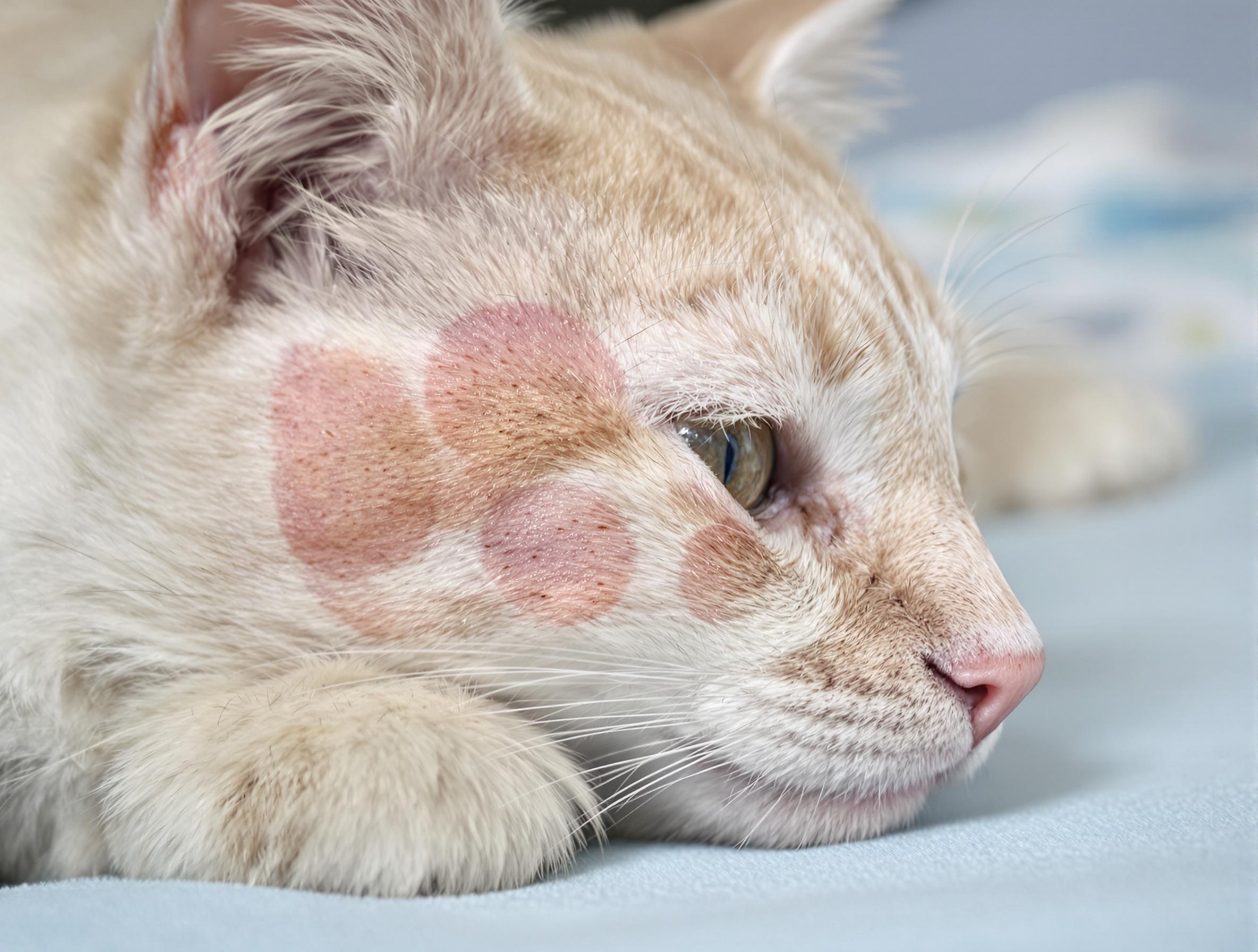Getting Started with Harness Training for Cats

Key takeaways:
- Patience and gradual introduction are vital for successful harness training, allowing each cat to acclimate at their own pace.
- Choosing the right harness tailored to your cat’s comfort and body type enhances their outdoor experience and security.
- Harness training transforms a cat’s routine with enriching, safe outdoor adventures, fostering physical activity and mental stimulation.
Imagine your cat strolling beside you on a sunny afternoon, leash in hand, acting like your best buddy—pretty neat, right? Harness training opens up a whole new world for your indoor cat, and you get to enjoy the adventure together! It’s not just a fun idea—it’s a real way to add excitement to their day. We used to think cats were either cozy nappers or outdoor explorers, but harness training changed the game. It gives them a chance to stretch their legs, satisfy their curiosity, and soak in the fresh air—all while staying safe by your side.
Cats are all different, aren’t they? Yours might be eager to check things out, or maybe they’re giving you my old tabby’s “Are you kidding?” look. Either way, harness training needs patience, a bit of imagination, and lots of care. Some jump right in like it’s treat time, while others need a little push—or a dozen. PetHealthMD is a great spot for pet owners to find info, loaded with handy pointers to get your cat walking outside like a pro.
Step 1: Pick the perfect harness for your cat
Your first task? Choosing the right harness. This isn’t just about grabbing the first one you see—comfort and safety come first. Look for lightweight, breathable materials like soft mesh or padded fabric—think of a cozy hug, not a stiff jacket.
Opt for an H-style or jacket-style harness with adjustable straps. Measure your cat’s chest (brace yourself for some wiggling!) and add two inches for a snug but comfy fit. Make sure the harness has strong stitching and at least two secure clips—your cat’s safety depends on it. If it seems too tight or starts rubbing against their fur, check in with your vet for advice.
A simple test: slip two fingers between the harness and your cat’s body. Too tight? You’ll get an annoyed stare. Too loose? They might wiggle free. Slim cats often do well with an H-style, while rounder cats (or snack lovers) may prefer a jacket-style design.
Step 2: Ease your cat into the harness

Got your harness? Great—but don’t put it on just yet! Cats need time to adjust to new things. Leave it near their favorite hangouts—their bed, that sunny window, or by their food dish. Let them sniff, poke, or even nap on it. Toss some treats around it so they start associating it with good things.
Make it fun! Try waving their favorite toy near it or rolling a treat across the harness. When they check it out, offer praise like, “Nice job!” Keep sessions short and positive—five minutes of fun beats forcing it on them. Some cats take to it quickly, while others need days or even weeks. If your cat seems anxious, your vet can help with tips to keep them comfortable.
Step 3: Practice indoors like a pro
Once your cat is okay with the harness, it’s time for a trial run—indoors. Start with just 5-10 minutes and let them move around naturally. Toss treats, give praise, and make it an easy, enjoyable experience.
Watch for signs of comfort—ears up, tail relaxed? They’re doing great! If they hunker down, overgroom, or freeze up, give them a break and try again later. To boost their confidence, create a mini obstacle course with pillows, a box tunnel, or their favorite basket. If the harness feels off or they seem irritated, adjust it and make sure it’s a perfect fit.
Step 4: Add the leash and stroll Indoors
Now that they’re used to the harness, it’s time to introduce the leash. Clip a lightweight leash on while they eat treats or rest—just let it hang at first. When they seem fine with it, offer a happy “You’re doing awesome!” and a treat.
Hold the leash gently and let your cat lead the way. If they head for the couch, follow along—no tugging yet! Scatter some toys or treats around to encourage movement. Start in a quiet room, away from loud noises. If they seem uneasy—tail twitching, ears pinned—pause and try again later. You’re setting the stage for outdoor success!
Step 5: Venture outside together
It’s time for the big moment—stepping outside! Feeling nervous? That’s normal, but with the right setup, it’ll be an exciting experience. Choose a quiet time, like early morning, and start in your yard or a peaceful area nearby.
Think of Bella—just like your indoor cat, she wasn’t sure at first. Her first outdoor trip lasted five minutes. She crouched low, hesitant, but her owner stayed close, tossing treats for encouragement. When she sniffed a bench or batted at a leaf, they cheered like she’d won a gold medal. Three weeks later, Bella owned the space with confidence. Your cat will get there too! Watch for signs of comfort—ears relaxed, tail up—and let them set the pace.
Step 6: Keep it comfy and safe
Before heading outside, double-check the harness. Two fingers should fit underneath—snug but not tight. Rub the areas where the harness touches—chest, legs—to make sure it’s comfortable. If your cat pulls back, grooms excessively, or seems irritated, make adjustments or consult your vet.
Making safety second nature
A strong harness keeps them secure, but stay vigilant. In winter, check if it’s too snug over their thicker coat, and in summer, make sure it’s not too loose from shedding. Regularly inspect the straps for wear—clever cats will find a weak spot! If they walk oddly or meow more than usual, something might be off, so adjust as needed.
Step 7: Build up the fun
Once your cat is strutting confidently, gradually extend your outings! If their tail is high, ears perked, and their walk steady, they’re ready for more. Increase your time by 5-10 minutes. If they seem hesitant, cut the session short and try again later.
Pick calm times—dawn or dusk—and bring along some treats. Cheer them on with every brave step. Track their milestones—first jump, favorite spots. Share your progress with the PetHealthMD community [https://pethealthmd.com/] for support from fellow cat lovers.
Cat harness training FAQs
Here’s the rundown, cat owner to cat owner, with answers to those head-scratchers you might have.
How can I tell if the harness fits right?
Slip two fingers under it—not too tight, not too loose. Check it often, especially if your cat is still growing or gaining weight. If they squirm or develop red marks, adjust the fit or ask your vet for advice.
What if my cat is scared of the harness?
It’s normal for some cats to freeze or flop over at first. Use treats and praise to encourage small steps, like sniffing the harness. Be patient—some take a few days, others a couple of weeks.
Which harness style works best?
H-style harnesses are great for simple walks, vests provide security for active cats, and jackets distribute pressure evenly for beginners. Choose based on your cat’s habits.
How long should we practice?
Start with five-minute sessions twice a day. If they’re still eager, extend it slightly. Keep training fun and low-pressure.
How do I know they’re ready for outside?
If they walk confidently indoors and show excitement when you grab the leash, they’re ready! My cat started purring at the door, and that’s when I knew it was time.
Harness training success: grab the fun
Seeing your cat explore the outdoors is rewarding! It builds confidence, stimulates their senses, and offers new experiences. Whether they’re chasing a leaf or basking in the sun, every outing adds enrichment. Watch their body language—ears up and tail high show comfort, while hesitation signals they need more time. Adjust the pace accordingly, and if concerns arise, your vet can help ensure stress-free outings.
Start today—head over to PetHealthMD for all the tips you need and step-by-step guidance on harness training. With patience and the right approach, your cat will soon be confidently navigating the outdoors.





